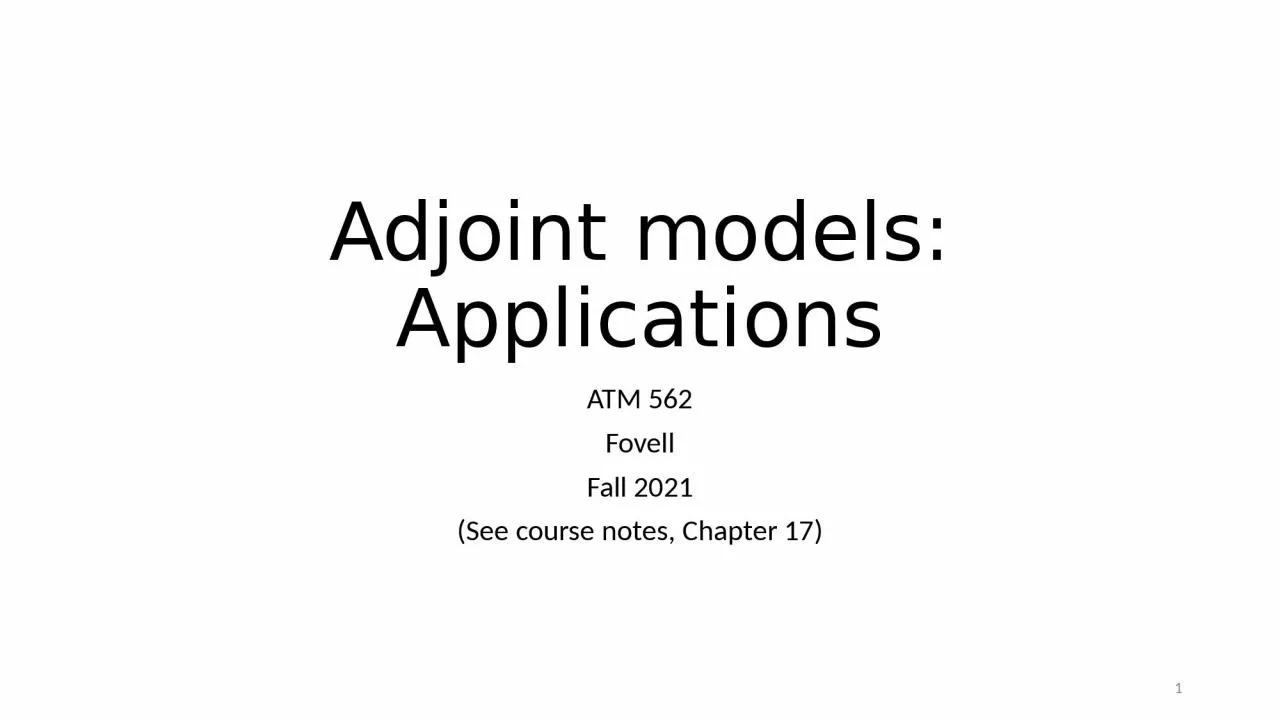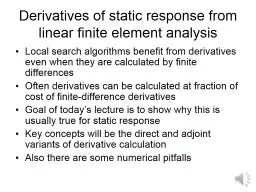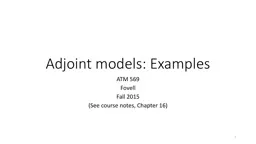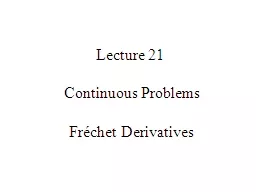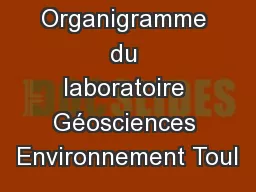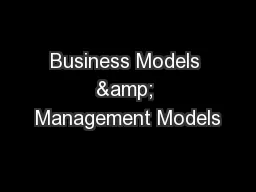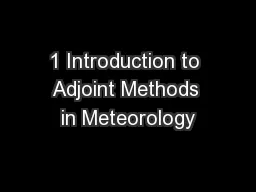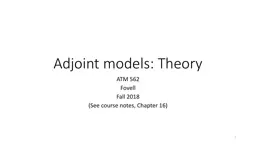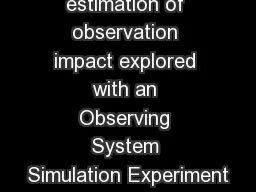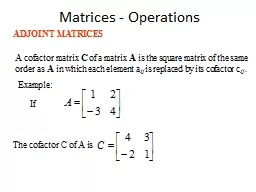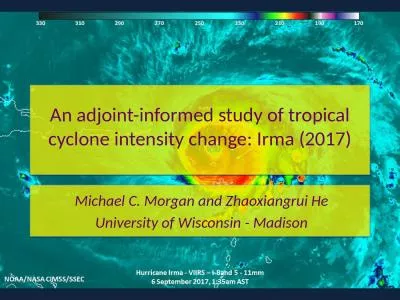PPT-Adjoint models: Applications
Author : carla | Published Date : 2023-06-23
ATM 562 Fovell Fall 2021 See course notes Chapter 17 1 Recap of theory 2 Background integrate model Initial condition is u 0 Integrate for N time steps We can
Presentation Embed Code
Download Presentation
Download Presentation The PPT/PDF document "Adjoint models: Applications" is the property of its rightful owner. Permission is granted to download and print the materials on this website for personal, non-commercial use only, and to display it on your personal computer provided you do not modify the materials and that you retain all copyright notices contained in the materials. By downloading content from our website, you accept the terms of this agreement.
Adjoint models: Applications: Transcript
Download Rules Of Document
"Adjoint models: Applications"The content belongs to its owner. You may download and print it for personal use, without modification, and keep all copyright notices. By downloading, you agree to these terms.
Related Documents

